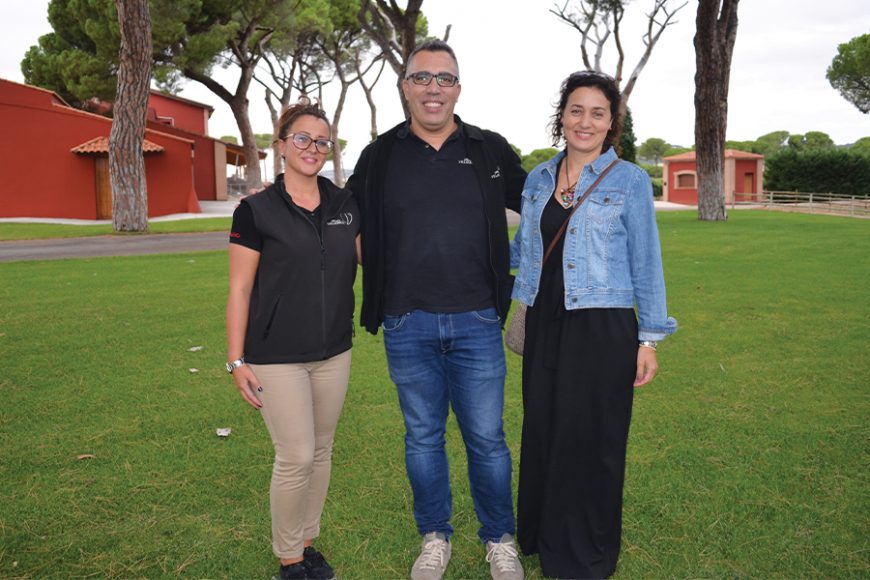For many generations, the world of wine was a relatively staid, sedentary and uncreative place with the noteworthy wine regions of Bordeaux, Burgundy, Rioja, Tuscany, Germany and the Douro River Valley producing the sought-after wines for the world. Most other regions produced wine for local consumption from grapes their grandparents planted and little of it moved far beyond their vines. Beginning around the discovery of the New World and the massive emigration that became the United States and Canada, winemakers travelled here with thoughts of plying their craft and dreams of partnering up or owning a winemaking operation. Croatian-born Mike Grgich (now of Grgich-Hills Winery) found a home in California and went to work. The Concannon and the Wente families both began operations in the late 1800s, along with a few others usually making sacramental or bulk wines for indiscriminate drinking and the kitchen.
And so it was for a few more generations until the 1976 “Judgment of Paris” (also the title of a great book by George M. Taber) when a British wine store owner, Steven Spurrier, proposed a blind wine challenge pitting some famous red and white wines of France against some relatively unknown California wines. The rules were established favoring French wines. The tasting was to be in Paris and the judges all were French. No one expected any judging surprises but the American wines took first place in both reds and whites as well as six of the top 10 spots in each category. And it changed the wine world. Fifteen years later, the collapse of the Soviet Union encouraged wine producers to switch from quantity to quality grapes and wine, and many former Soviet bloc and nearby countries began making interesting wines of substance and elegance. Think Turkey, Hungary, Croatia, Estonia, Georgia and many other “new countries.” Many of these countries have an ancient wine history that was crushed by Soviet domination. They are now worthy and many are attractively priced.
Grapes have become ubiquitous and now grow in all 50 U.S. states. There is so much information out there, from oenological schools, to libraries of wine books, to the internet, to professionals specializing in terroir who now know which specific geographical setting will support which specific grape for its most colorful expression. And from great grapes comes great wines. Often, remarkably enough, the wines of a region do have a symbiotic effect on the food culture, with the local wines and the regional cuisine complementing one another.
Today, we are witnessing another nascent revolution in the industry. Global warming is changing grape growing and winemaking. Many established wine producers are looking northward to continue with the grapes they have grown to love. The Pacific Northwest, including over the border into British Columbia, is being eyed as the new Napa and is producing many lovely wines. Germany, long known as a bastion of white wine production, is now experimenting with growing red grapes, which previously did not ripen up enough in that country’s colder climate. On a recent trip to the Ribera del Duero region in Spain, we visited one producer, Vinca Villacreces, immediately adjacent to Vega Sicilia, one of Spain’s best red wine producers. Vinca Villacreces makes great oak-aged red wines available at a fraction of the cost of Vega Sicilia and is looking ahead. It has planted an experiment station of many different grape types. The vines are now mature and producing, so Vega Sicilia is vinifying these grapes, oak aging and then bottling them unblended, to see which grapes are the best and most appropriate for the winery’s unique location when global warming inhibits growth of the its Tempranillo and Garnacha.
For most fruit growers, global warming just means the bud set time is earlier and the harvest time is sooner and the fruit grows quicker. No big deal. But grapes need hang time on the vine of around 100 days for the grapes to develop elegance and nuance. Fast ripening, valley floor grapes are usually destined for table grapes or uninteresting table wines. This puts grape growers on the leading edge of global warming effects. Worldwide, they are all harvesting earlier. Northern producers often exposed to early or late frosts or hailstorms, each of which can devastate or destroy a crop. Most southerly producers are liking it for now but are thinking ahead a decade or two, tryng to make adjustments for survival.
Global warming, left uncorrected or unaddressed the next couple of decades, will be dramatic in the wine world. I have never found climate change deniers in the world of wine, because they are living it and are seeing it in their daily experiences in the vineyard. New and different vineyard pests need to be handled. And some previous pests are now capable of producing an additional generation per year for growers to address. Warm weather molds and mildews can have a profound affect on grape vines, inhibiting bud, leaf and fruit growth. The five years from 2014 to 2018 are the five warmest years ever recorded by the National Oceanic and Atmospheric Administration in the 139 years NOAA has been recording global temperatures. The year now is 2020. Twenty in French is “vingt,” pronounced very similar to the French word for wine, “vin.” So 2020 is pronounced “vin-vin,” for Wine-Wine. We are at a crossroads for addressing this warming phenom. It’s time to address what everyone knows. Vingt-vingt is the year. For the sake of the world, let us move forward.
Write me at doug@dougpaulding.com.


